First Hybrid Conference Concludes with Considerable Success Despite Uncertainty
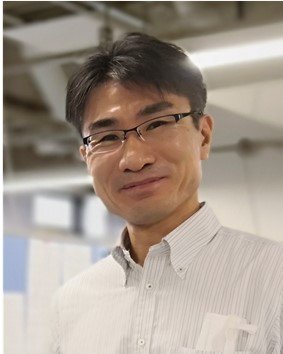
The 35th IEEE International Conference on Micro Electro Mechanical Systems (IEEE MEMS 2022) was successfully held at Tokyo International Forum in a hybrid format from January 9 to 13. The Conference was hosted in Tokyo for the first time, and over 500 participants from 26 countries and regions worldwide attended the event. After the low infection rate from October to December, the sudden omicron wave caused difficulty for in-person attendance from overseas due to border restrictions. Still, more than 200 people gathered for the onsite meeting within Japan, making for a lively Conference. TCVB interviewed Professor Shuji Tanaka of the School of Engineering, Tohoku University, the IEEE MEMS 2022 Conference Chairperson in Japan, to hear about his experience.
How did you come to host MEMS 2022 in a hybrid format?
We had never hosted a hybrid event in the history of our Conference, and I myself had almost no hybrid event experience. There was a need to decide on the event format and room allocation at the venue early last fall, during the pandemic's fifth wave amid uncertainty. We had no precedent to estimate the ratio of in-person and online attendance. Additionally, the sixth wave accelerated by the omicron variant was reported just before the event. Fortunately, the government did not declare a state of emergency, allowing us to welcome more than 200 attendees onsite and realize a dynamic hybrid meeting.
What were your main concerns in organizing a hybrid event?
We wanted to deliver the sensation of a live event; therefore, we opted for live-streaming the whole event for the online audience. It was essential to provide the in-person and online keynotes seamlessly to achieve this, so we deployed staff in Japan and America to broadcast the event. We also asked in-person participants to act as session chairs for both onsite and online keynotes and handle the audience questions. The audiovisual engineers on the Japanese side were reliable, and the American team skillfully dealt with the keynotes and the broadcasting of the event, meaning we did not have any major issues and received praise for the smooth hosting of both in-person and online elements. We accounted for all possible risks and problems in advance which is why I think our event was such a significant success.
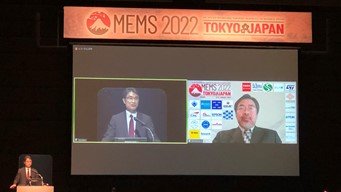
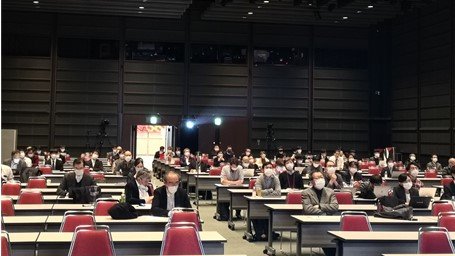
We also adjusted the program by moving the starting time of the Opening Ceremony, usually held at the beginning of the Conference, to noon Japan time to account for the time difference between regions.
Since it was difficult for attendees to choose the method of participation before the event, we set the registration fee at the same price for both in-person and online attendance. Further still, by allowing participants to choose between online and in-person attendance until right before the Conference, we aimed to reduce the workload on the Secretariat managing the event. They were burdened with handling various irregularities, so we avoided complicated administration procedures such as refunds or additional fees for changing the participation format. We were concerned that setting a low price for online participants would make it difficult to cover the costs of maintaining a hybrid style. Conversely, setting a high price may have caused dissatisfaction among online participants. Thus, accounting for the unified attendance fee, we ensured that the program was fair, attractive, and valuable for all attendees regardless of the format.
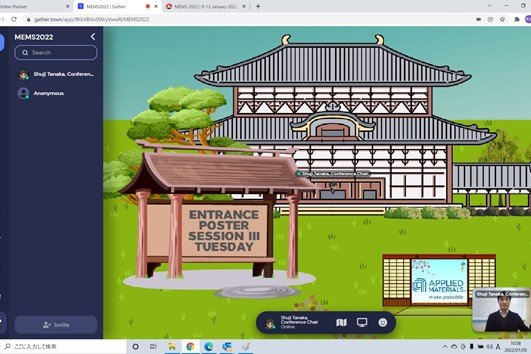
I heard that you applied a new format for the poster session and exhibition in light of a hybrid design.
We wanted to provide a dynamic and inclusive experience for all attendees, so we offered opportunities for posters to be presented both onsite and on a virtual platform. All participants could attend the online poster sessions late at night and early in the morning Japan time, and in-person participants could attend the onsite poster session. Since a poster session is not only an opportunity for young researchers and students to present their research but also a valuable stage where they can meet other academic researchers with a wealth of experience, we felt this was essential to keep them motivated and help them build a valuable network.
For sponsors, the primary purpose of exhibiting at international conferences is networking. This time, besides setting up exhibition booths, at the onsite poster session, selected thesis posters were also set up between sponsors' posters to increase the opportunities for conversation. At scientific conferences, it is typical for academic and commercial elements to be separated, but by using the online poster session as the primary site for academic presentations and the onsite poster session as a place for networking, I think all participants, regardless of background were pleased with the experience.
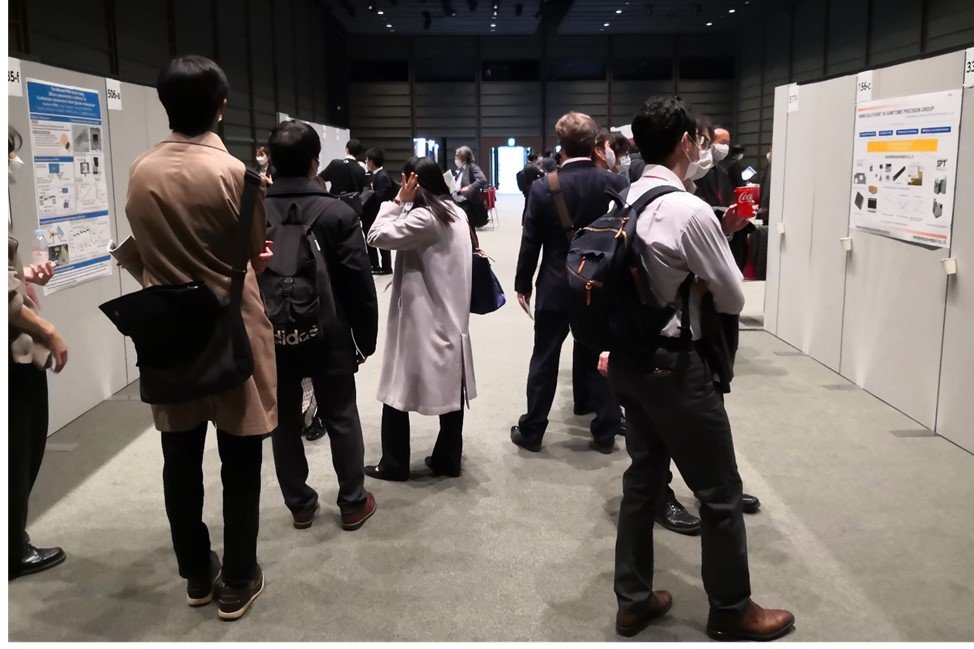
How did you feel after the Conference?
MEMS 2022 was more challenging to organize than usual, as we could not rely on the organization methods that have supported us until now. We had to make various adjustments, manage costs, structure the program, decide on a format and venue and make many more judgments without a complete set of decision-making information. However, the Conference concluded successfully by virtue of everyone's efforts. I want to thank all the stakeholders for their cooperation, including the Chinese co-chair, the committee members, sponsor companies, the Secretariat, and lastly, the Tokyo Convention & Visitors Bureau, who supported us through the pre-event process and the event itself.
While Japan's positioning in MEMS is high due to the history of long-standing contributions from Japan in the electronic components field, this was the first time in 15 years that the event was hosted in Japan and the very first time it came to Tokyo. There were many local and international supporters of the Conference, and since it was the first hybrid Conference for MEMS, it certainly became a symbolic gathering. Many participants commented that they would like to visit Tokyo for a conference next time due to its high security and reliability as a host city and its abundant tourist attractions and unique culture. Meeting with overseas participants for a lively discussion is one of the highlights of an international conference such as MEMS 2022, so I still regret that we could not welcome guests from overseas to the in-person event.
What do you think the future holds for international conferences?
Some people see the advantages of online participation in terms of travel time and cost, and others see it as a method to reduce CO2 emissions by curbing the use of airplanes. On the other hand, I feel that the experience of attending an in-person conference is unrivaled due to the lively exchange of the newest research results and valuable networking opportunities. It remains true that visiting various destinations is a significant attraction for Conference participants.
Most meetings are now expected to be held in a hybrid format or online, and I think this will continue in the coming days. Therefore, to attract international meetings to Tokyo, it will be increasingly important to emphasize the value of in-person attendance at business events and the unique content that participants can only experience by actually coming to Tokyo.

